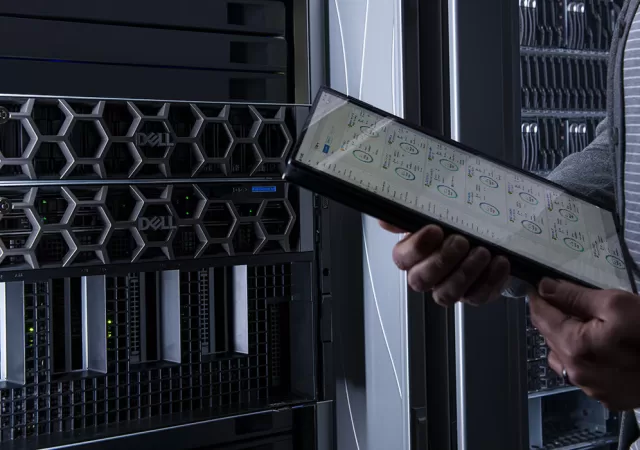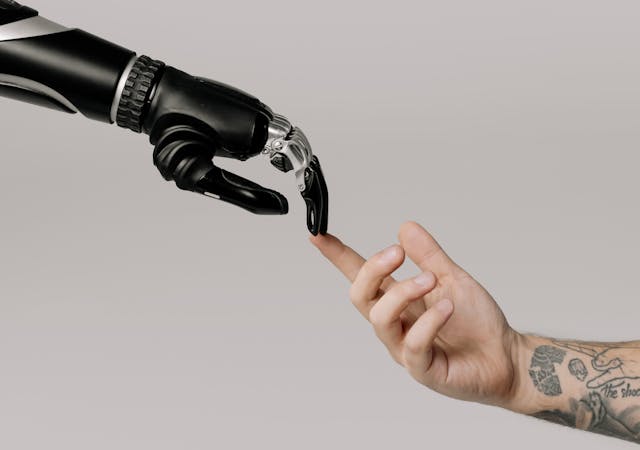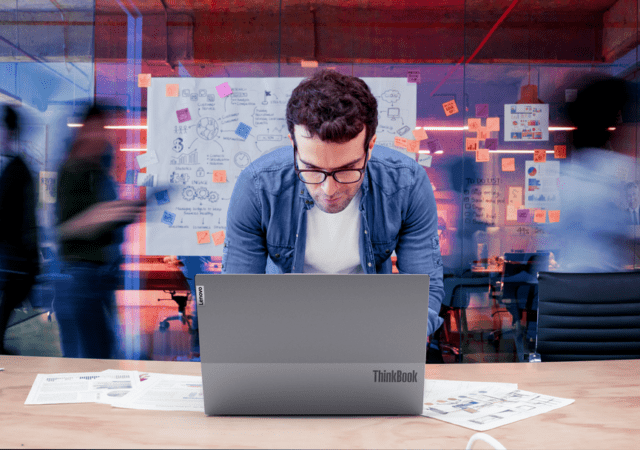Hybrid work is here to stay. These are how organizations can leverage technology to embrace the new realities of hybrid work.
The Blueprint for Digital Confidence: Sovereign AI as a Strategic Advantage
With AI booming in every sector, Dell Technologies weighs in on the strategic advantages of Sovereign AI and how Malaysia is able to leverage it.
With end-to-end solutions, AI can and should operate everywhere
Harness Generative AI. Lenovo’s end-to-end solutions make AI practical everywhere, from AI-powered devices & PCs to full adoption services for your business
Building trust: Foundations of security, safety and transparency in AI
AI security and safety are distinct but intertwined. Red Hat explores risks, challenges, and proposes solutions for standardized AI safety and security.
How IT Leaders Can Give Employees The ‘Magic Touch’ with Tech
Uncover the role of Lenovo in addressing the digital skills gap, making workplace technology accessible for everyone.
Ways AI Has Changed Digital Marketing In 2024
Learn about the impact of artificial intelligence (AI) on industries and the significant revenue growth it has generated.
Transforming Healthcare in Asia Pacific: The Impact of Medical Devices
Telemedicine, remote medical devices and other new emerging technologies are reshaping healthcare. DKSH weighs in on the impact of these technologies.
Why Your Business Needs An Effective Sustainability Strategy
This article is contributed by Varinderjit Singh, General Manager, Lenovo Malaysia It’s vital that we look after the planet for future generations, but that’s not the only reason to implement a sustainability strategy within your organisation. Cutting emissions, embracing the…
Cloud, Connectivity, AI, Security: What SMBs Need From Technology
Maximize SMB potential with technology. Stay agile by embracing technological advancements to meet customer demands, transact efficiently, and explore global opportunities.
Sustainability Cannot Exist Without Innovation, & Vice Versa – Here’s Why
Dell Technologies weighs in on why innovation and sustainability must go hand-in-hand in light of the recent 2030 Asia Pacific SDG Progress Report.

















